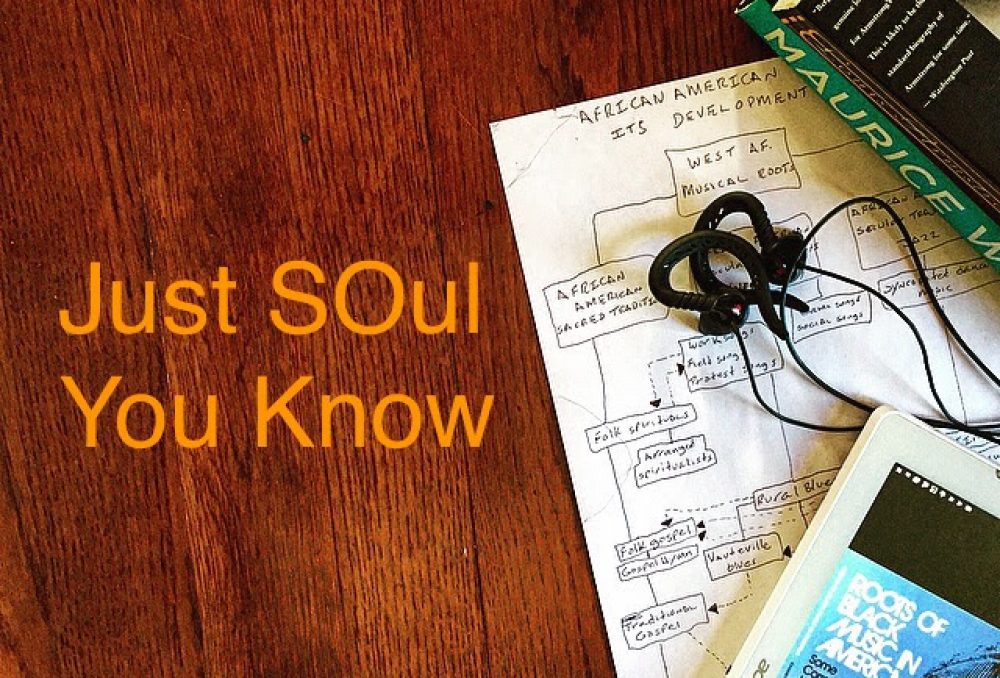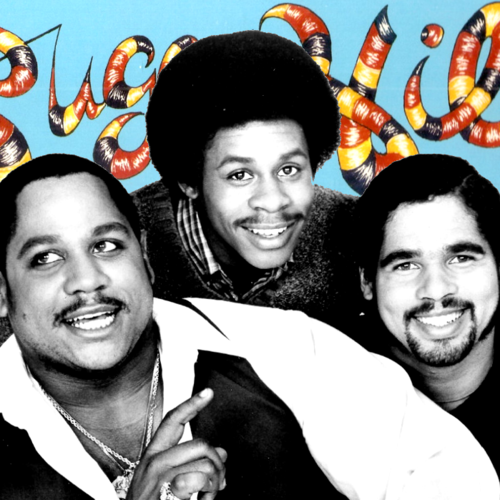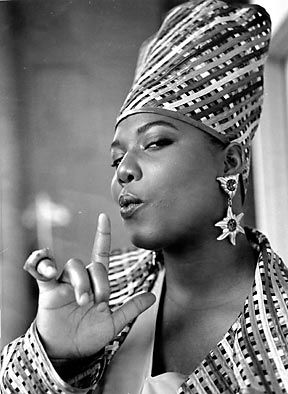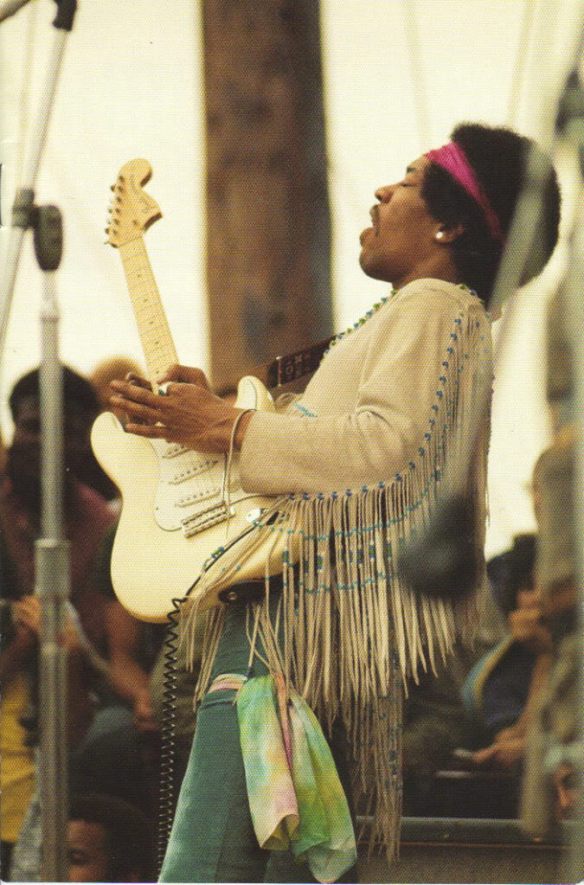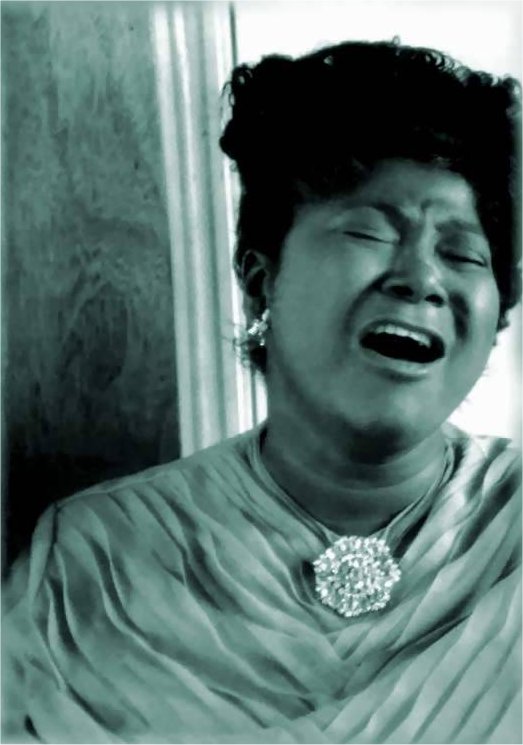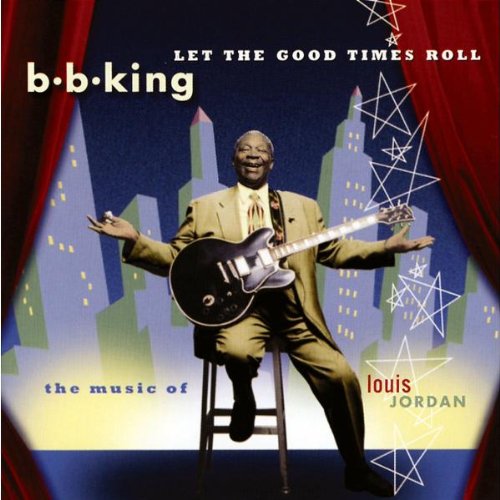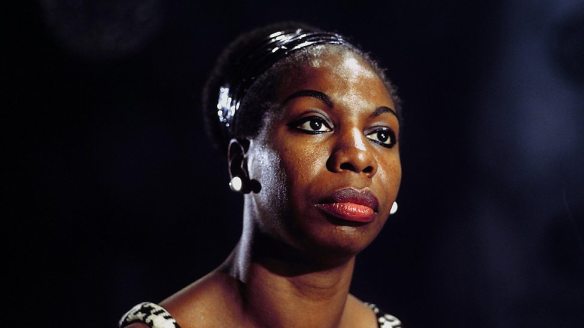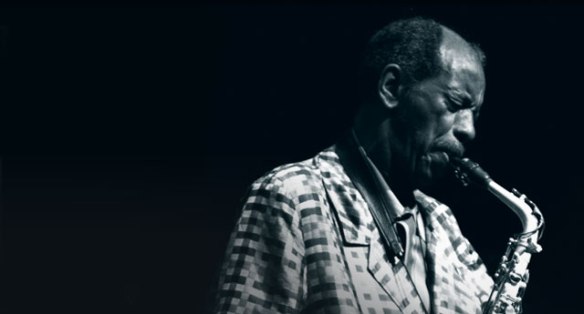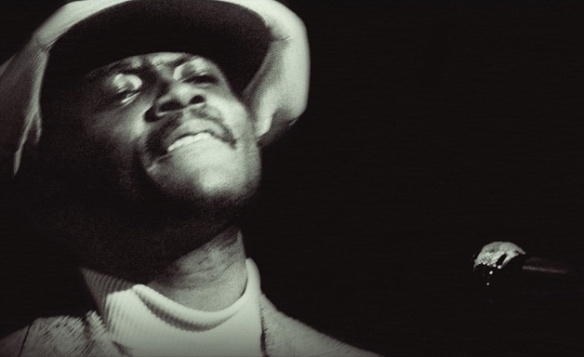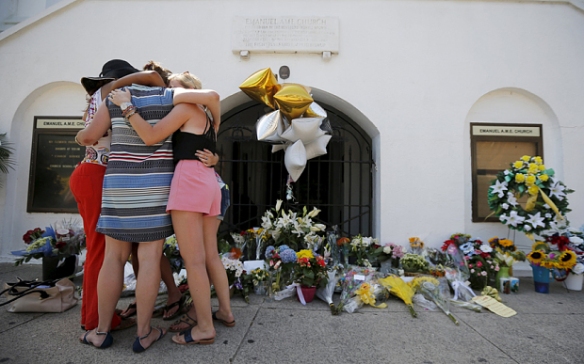 Today I dedicate the song “We Shall Overcome” to the grieving family and friends of the victims of the Emanuel African Methodist Episcopal Church in Charleston, S.C. What happened there was a horrible and sad event perpetrated by a lost and hate filled individual. I pray for the healing and the restoration of hope for the city as well.
Today I dedicate the song “We Shall Overcome” to the grieving family and friends of the victims of the Emanuel African Methodist Episcopal Church in Charleston, S.C. What happened there was a horrible and sad event perpetrated by a lost and hate filled individual. I pray for the healing and the restoration of hope for the city as well.
The song “We Shall Overcome” has served as the hope-filled anthem of the Civil Right movement. Its message contains a powerful sentiment of hope and redemption for those in crisis. The song was popularized by the civil rights activist and folk singer Pete Seeger who taught the song to just about everyone he met. The song “We Shall Overcome” was derived from gospel music composer Rev. Charles Albert Tindley’s song “I’ll Overcome Someday” written at the turn of the century.
Coincidently, research suggests “We Shall Overcome” was first sung in Charleston S.C. by churches and striking food and tobacco workers in the late 40s. As such the song must continue to be sung in the city of Charleston. In fact all of our collective voices should sing in unison to usher in a feeling of hope all across America. Hope is what we need.
We shall overcome, Charleston!
The Power of AAMAM is real!
